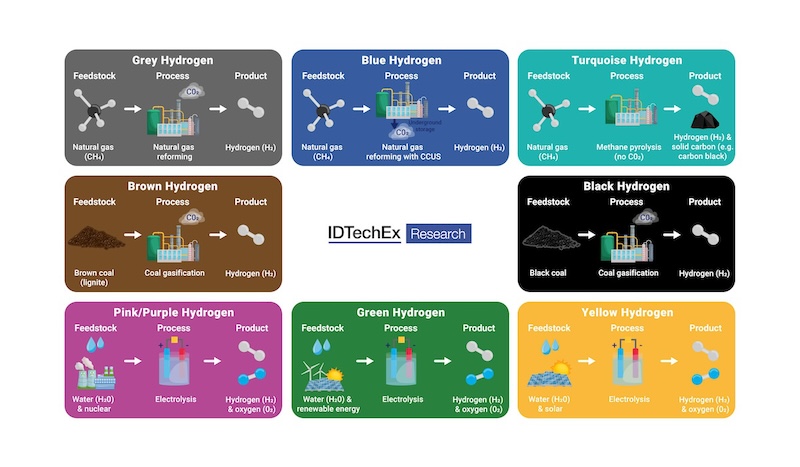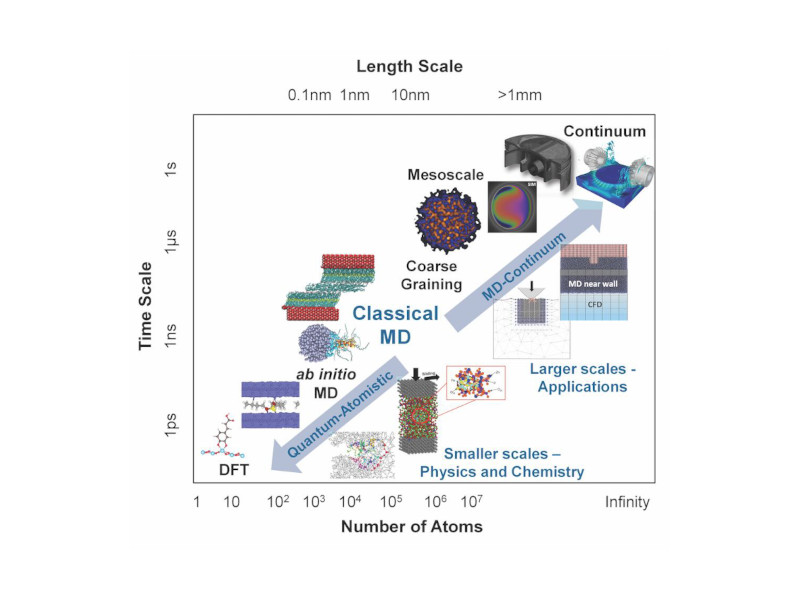Have you ever had one of those days when you get a few bars of a song in your head and you just can't get it to go away? For me, it seems the older I get, the more often this happens. Must be some message there. As lead guitarist in a rock band in a previous life, music came easily for me; it was remembering all those song lyrics that was tough.
Have you ever had one of those days when you get a few bars of a song in your head and you just can’t get it to go away? For me, it seems the older I get, the more often this happens. Must be some message there.
As lead guitarist in a rock band in a previous life, music came easily for me; it was remembering all those song lyrics that was tough. Any garage band worth listening to in the 1960s had a repertoire of about four hours of songs without repeating themselves — that was a lot of lyrics to memorize.
Now that I am older and have long since given up the high-heeled boots and polka-dot shirts, I can still beat out the music from those old songs, but the words just come back to me in little snippets that stick in my head all day. In a curious way though, some of the lyrics that spoke of true love, train wrecks, hot rods and beach parties have taken on new meaning that I can apply in the business world when looking for ways to attain, and sustain, a highly reliable manufacturing environment.
If you can recall the absolute best overall performance period of your facility, you can agree that reliability rocks — absolutely! The question is how did you achieve those high levels of performance and, more importantly, how do you create the processes and systems to allow you to regain — and then sustain — that performance over the long haul?
I’ll bet that many of you are hanging with John Mayer and “Waiting on the World to Change.” Well here’s a news flash: It is changing! The thing is, it may not be changing in the manner that you were hoping for. The market, and your competition, will not come back to you if you wait for it. If you are doing nothing to make yourself more competitive in the market, eventually all you will see are the taillights of your competition as you are left “Wasting away in Margaritaville” with Jimmy Buffett.
OK, so you get the idea to initiate a project in an effort to improve your standing in your market place. When you begin a project to improve reliability, there is generally a lot of energy and excitement at the start. Most people see the need to improve, and they are right behind you, for a while. Typically, projects go through several stages during their lifespan. After a few months of high energy and good progress, improvement initiatives go into a slump we call the “Valley of Despair.” The initiative becomes stagnant, it is hard to get the team together for meetings, planned activities sneak past their due dates, and the entire project might just disappear from your radar. It is up to you, the plant manager or department manager, to anticipate the Valley of Despair and heed the caution of the Eagles, “there’s no telling what a man might lose, after the thrill is gone.” You need to plan ahead and have the remedy at hand to keep the initiative going. And the remedy is you. It is up to leadership to maintain focus on the project and pull from the front to keep momentum up and strive for completion and success.
Once you have successfully negotiated the “Valley of Despair,” most projects will make steady progress. You have to be observant for signs of progress, and the best way to do that is to implement and track some key metric that will indicate improvement in your area of concern. It might be OEE, reduction of overtime or rework, PM compliance percentage, or something else. Whatever it is, it must be measurable, and you must be able to influence activities to continue improvement.
When you start seeing the results of your improvement efforts, you want to make the results very visible and public. As Crosby, Stills and Nash put it, “When you see the Southern Cross for the first time, you understand now why you came this way.” Making the metrics public and celebrating success lets everyone see the fruits of their labors and creates a sense of accomplishment among everyone associated with the initiative. Like the Eagles, everyone “gets a peaceful, easy feeling.”
Sustaining the realized improvements is arguably the hardest part of any initiative. When a target state is achieved, the tendency is to exhale deeply, then move on to other things. It is up to leadership to make sure that no one forgets where you were, the journey you made to the improvement, and the importance of sustaining those results. Like .38 Special sang, you want to “Hold on loosely, but don’t let go.”
Now that I have you humming along with a few old tunes, start thinking about how you can improve your standing in the market and how you might approach an initiative to get your business to that elusive place.
| Author Information |
| Bob Call is a principal consultant with Life Cycle Engineering Inc. and has more than 25 years of experience in maintenance management, maintenance development, computerized maintenance management system implementation projects and maintenance training. He specializes in reliability excellence implementations, CMMS selection and implementations, spare parts storeroom reorganization and craft training programs. |



